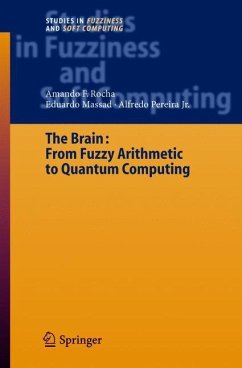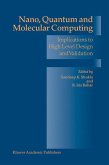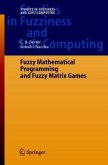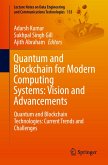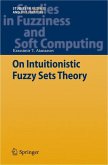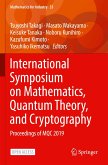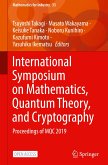We could start writing this book by saying, with several other authors, that the brain is the most powerful and complex information processing device known, whether naturally developed or created artificially. Although we fully agree with this statement, in doing so we would be misleading the reader, in the sense that the present book basically aims to formalize the knowledge concerning brain physiology accumulated over the past few decades. Instead of merely describing the complexity of the cerebral str- ture or presenting a collection of commentaries and reviews of interesting experimental results, we take into account novel achievements in quantum information and quantum computation, and avail ourselves of recently - veloped mathematical tools. Neuroscience was bom in the 19'~ century with the works of Paul Brocca. However, this fledgling field experienced a boom only in recent times, following the development of powerful non-invasive techniques for probing the neural circuitry supporting the complex cognitive functions of the human brain. Although sophisticated mathematical models and phy- cal theories are the basic tools behind the conceptual foundations and a- lytical implementation of these modem techniques, to the best of our knowledge no effort was made to formalize the actual knowledge about brain function into a coherent theoretical framework incorporating the - cent developments in mathematical and physical science. Addressing this lack was our first motivation in writing this book.
From the reviews: "This textbook on brain neurology considers, besides fuzzy grammars, fuzzy languages and classical information processing, also quantum information and computation as well to be essential to explain the brain as an intelligent processing system. ... is highly interesting and readable." (K.-E. Hellwig, Zentralblatt MATH, Vol. 1135 (13), 2008)

